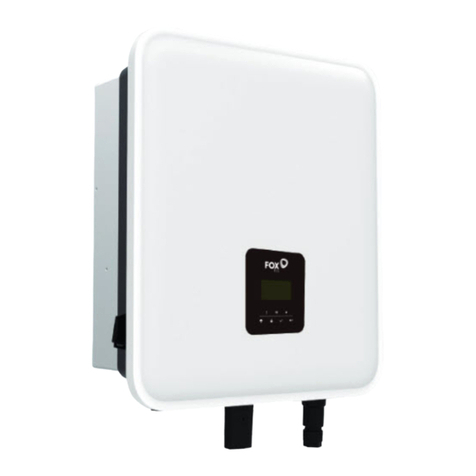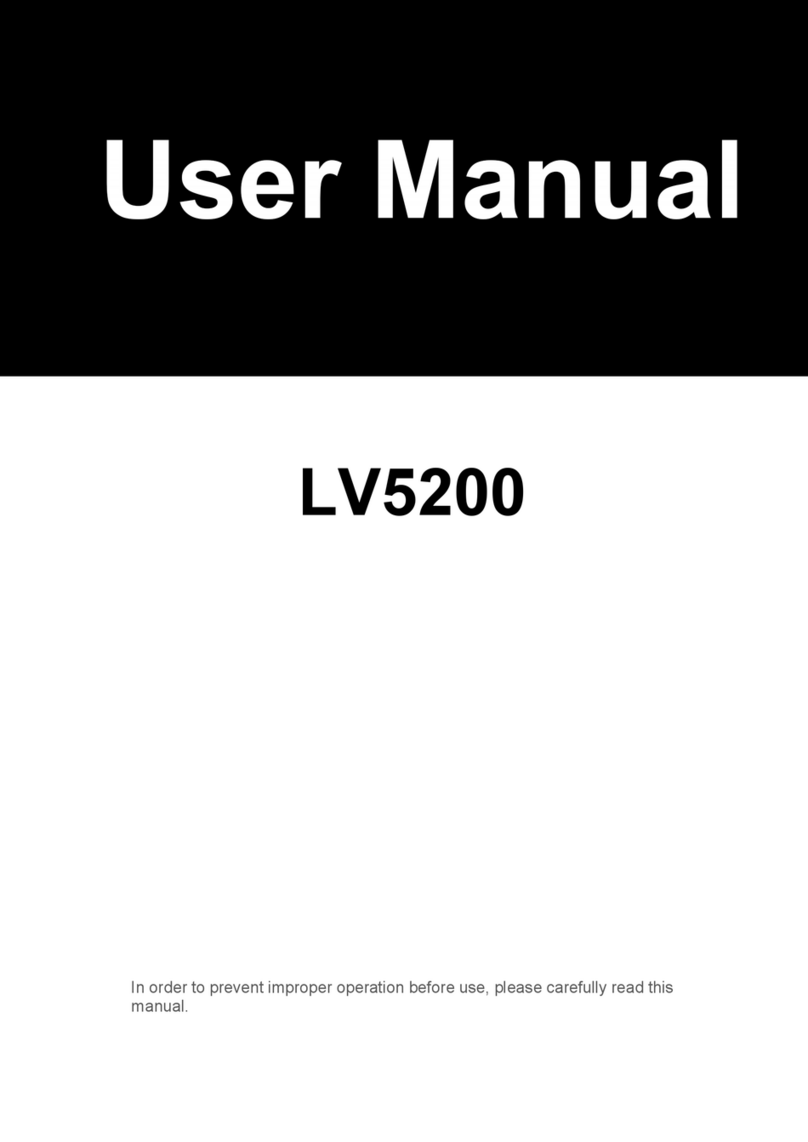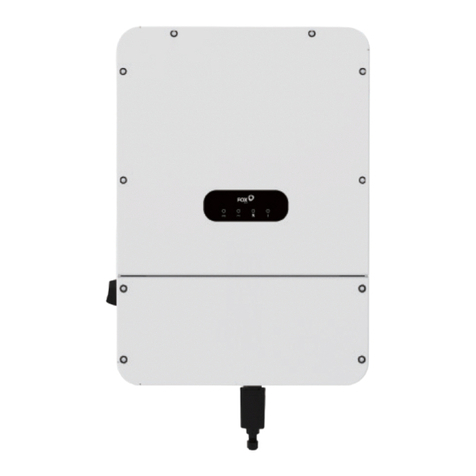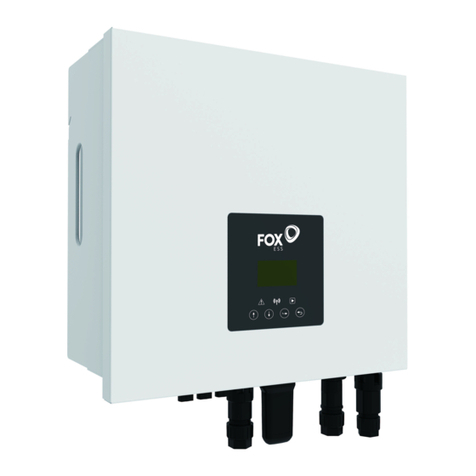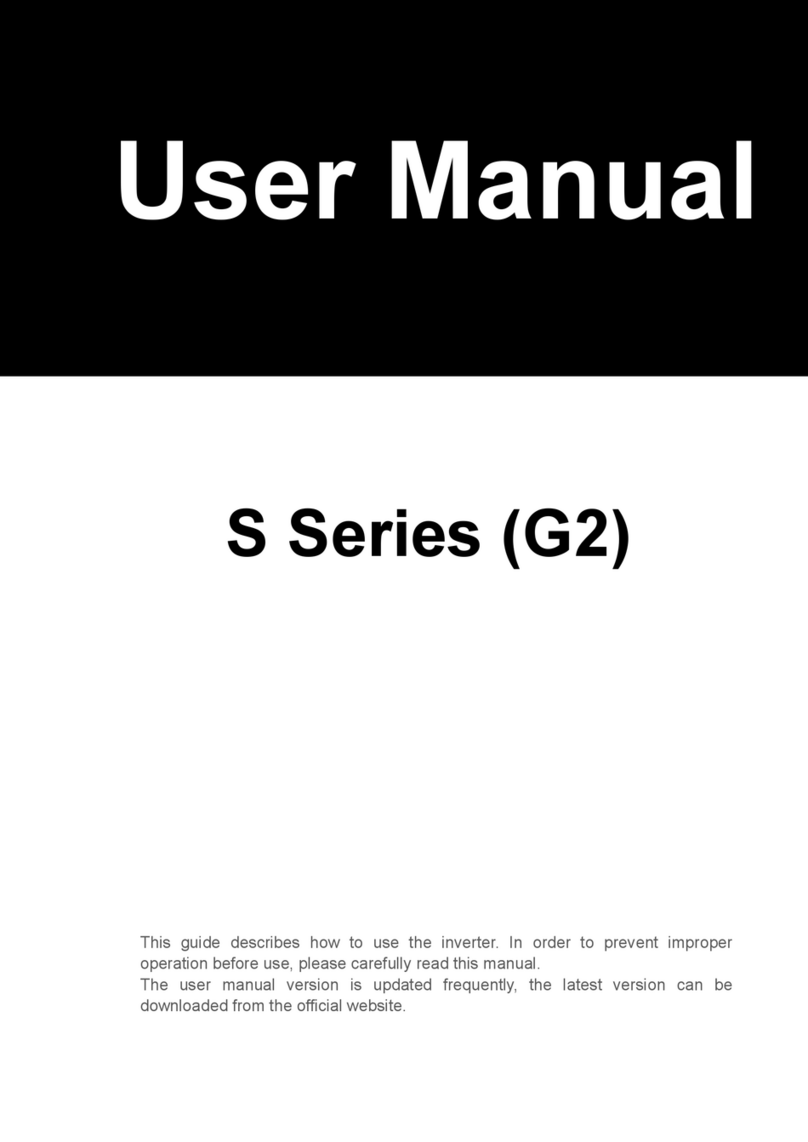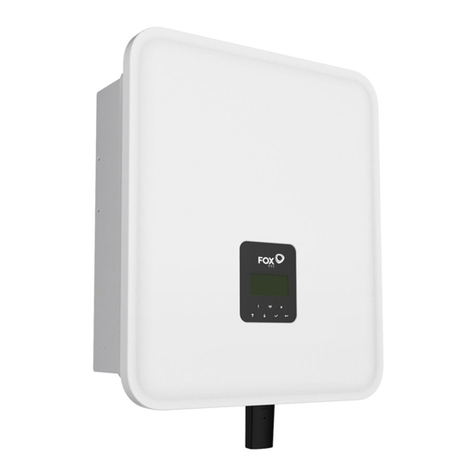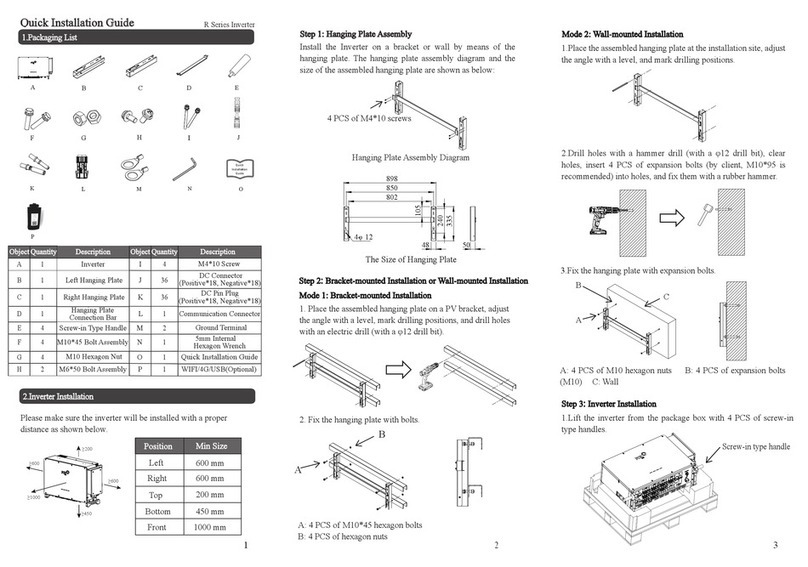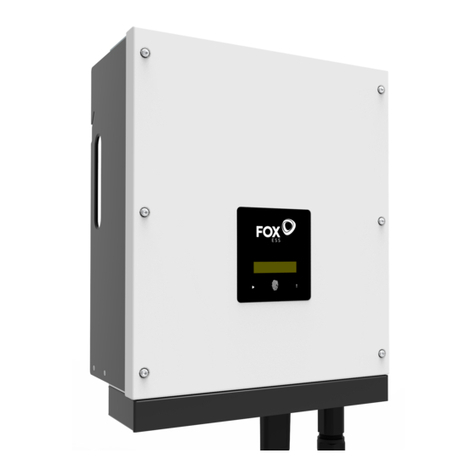S Series User Manual www.fox-ess.com P a g e | 1
Table of Contents
1. Important Notes........................................................................................................................................................ 2
1.1 Scope................................................................................................................................................................... 2
1.2 Target Group .................................................................................................................................................... 2
1.3 Symbols Used................................................................................................................................................... 2
1.4 Symbols Explanation...................................................................................................................................... 2
2. Safety ............................................................................................................................................................................ 3
2.1 Appropriate Usage ......................................................................................................................................... 3
2.2 PE Connection and Leakage Current ....................................................................................................... 4
2.3 Surge protection devices (SPDs) for PV installation............................................................................ 4
3. About Product ........................................................................................................................................................... 5
3.1 About S Series Inverter.................................................................................................................................. 5
3.2 Basic Features................................................................................................................................................... 5
3.3 Terminals Introduction .................................................................................................................................. 6
3.4 Dimensions........................................................................................................................................................ 6
4. Technical Data ........................................................................................................................................................... 7
4.1 DC Input............................................................................................................................................................. 7
4.2 AC Output ......................................................................................................................................................... 7
4.3 Efficiency, Safety and Protection................................................................................................................ 7
4.4 General Data..................................................................................................................................................... 8
5. Installation................................................................................................................................................................... 8
5.1 Packing List........................................................................................................................................................ 8
5.2 Preparation........................................................................................................................................................ 9
5.3 Installation Space Required ......................................................................................................................... 9
5.4Tools Required...............................................................................................................................................10
5.5 Installation Steps ...........................................................................................................................................10
5.6 Wiring Steps.................................................................................................................................................... 11
5.7 Earth Connection...........................................................................................................................................14
5.8 Communication Device Installation (Optional) ...................................................................................14
5.9 Inverter Start-Up...........................................................................................................................................16
5.10 Inverter Switch Off........................................................................................................................................17
6. Operation ..................................................................................................................................................................18
6.1 Control Panel..................................................................................................................................................18
6.2 Function Tree..................................................................................................................................................19
7. Maintenance............................................................................................................................................................. 19
7.1 Alarm List .........................................................................................................................................................19
7.2 Troubleshooting............................................................................................................................................21
7.3 Routine maintenance................................................................................................................................... 21
8. Decommissioning...................................................................................................................................................22
8.1 Dismantling the Inverter............................................................................................................................. 22
8.2 Packaging ........................................................................................................................................................22
8.3 Storage and Transportation ......................................................................................................................22
